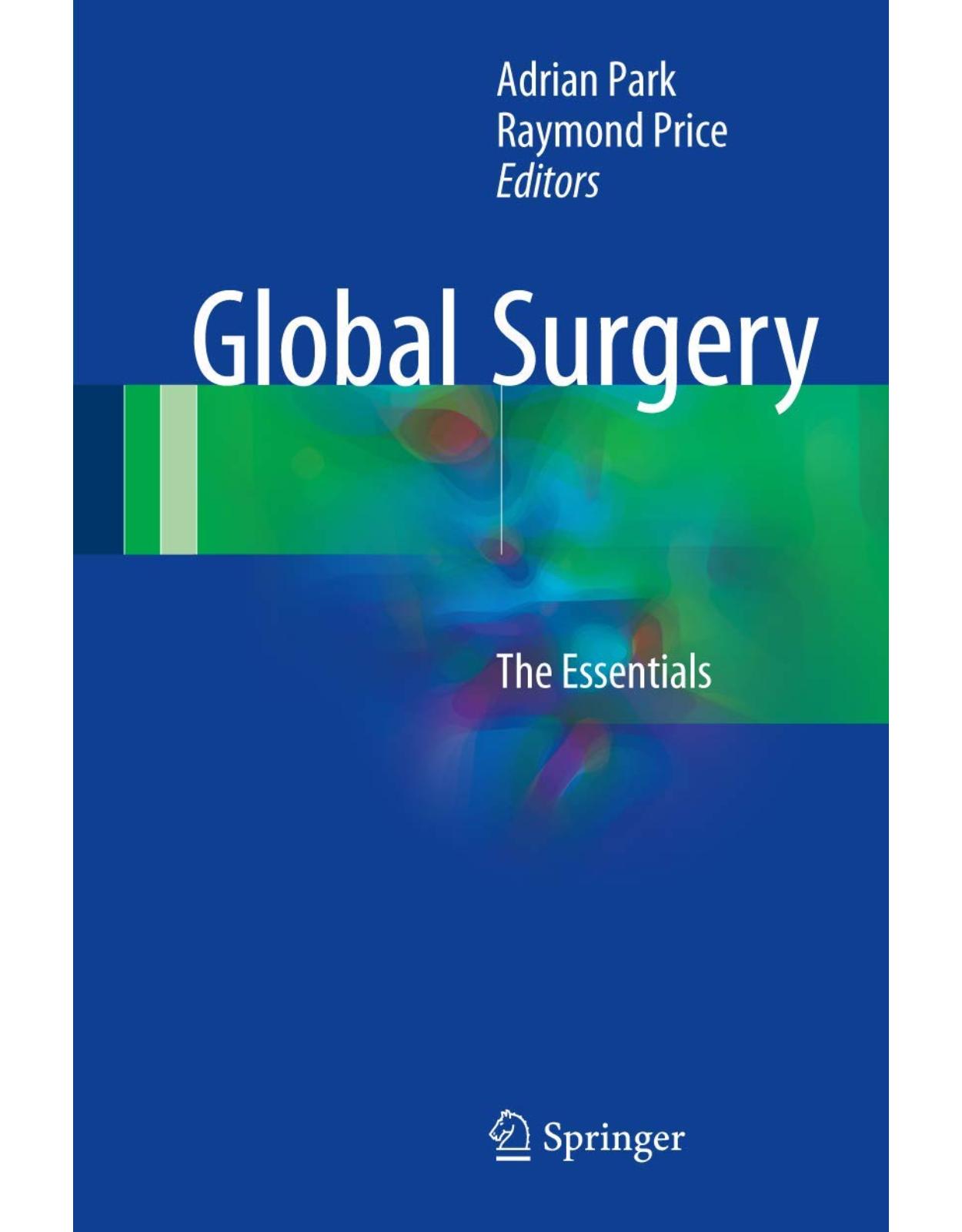
Global Surgery: The Essentials
Livrare gratis la comenzi peste 500 RON. Pentru celelalte comenzi livrarea este 20 RON.
Disponibilitate: La comanda in aproximativ 4 saptamani
Editura: Springer
Limba: Engleza
Nr. pagini: 597
Coperta: Hardcover
Dimensiuni: 16.26 x 4.06 x 23.62 cm
An aparitie: 12-May-17
Description:
This text was developed as a book aimed at surgeons and allied health professionals that provides an introduction to the unmet needs , epidemiological, socioeconomic and even political factors that frame Global Surgery. Following upon an understanding of these issues, the text is a practical guide that enables the reader on several levels: to work cross culturally , build relationships and negotiate the logistical challenges of bringing surgical care to low resource settings; to develop an approach to the management of various clinical conditions that would be unfamiliar to most “western” surgeons. Global Surgery is a recently coined term that encompasses many potential meanings. Most would agree that it focuses on the growing recognition of the crisis of access to quality surgical care in low resource settings. Such scenarios exist on every continent. Increasingly surgeons, allied health professionals (NGO), Public Health / Health Policy professionals as well as governmental and non-governmental organizations are engaging in this field. Many surgeons have an interest in Global Health and a desire to become involved but feel ill equipped to do so and unsure where to start. Global Surgery: The Essentials serves as a ready resource to equip surgeons to manage clinical scenarios that lie beyond the scope of their training or current practice but that they would reasonably be expected to encounter in the field.
Table of Contents:
Part I: The 10,000-Foot View: Framing Global Surgery
1: Global Disparities in Surgical Care
Introduction
Surgical Epidemiology
Burden of Surgical Disease
Surgical Healthcare Needs and Delivery
Disparities in Surgical Care
References
2: The Transforming Power of High-Quality Surgical Care: Surgery’s Role in Improving Public Heal
Introduction
Surgery as a Public Health Catalyst
Need for a Shared Understanding Based on Evidence
Essential Factors in Improving Public Health with Surgery
Transforming Power
Establishing Priorities
An Era of Change
An Affordable and Essential Solution
The Cost and Benefit of Surgical Care in the Developing World: Case Studies
Prioritization of Surgical Conditions
The Disease Control Priorities 3 (DCP3)
The Lancet Commission on Global Surgery “Bellwether Procedures”
International Collaboration for Essential Surgery (ICES) 15 Surgical Conditions
Summary
References
3: The Economic Case for Surgical Care in Low-Resource Settings
Introduction
Brief Overview of Global Economic Development and Its Relationship to Health
The Economic Case for Surgical Care in LMICs
Financing Surgical Care in the Era of the Sustainable Development Goals (SDG)
References
Part II: The 1,000-Foot View: Sustainable Surgical Training
4: Surgical Training in Low-Resource Settings
Introduction
Historical Mandates
Workforce Constraints
Postgraduate Surgical Training
Collaborative Infrastructure
Data Collection
Technology
Curriculum
References
5: Delivery of Subspecialty Surgical Care in Low-Resource Settings
Introduction and Overview
Definitions
History of Subspecialty Care in Developing Countries
Current Overview of Subspecialty Surgical Care in Low-Resource Settings
Need for Subspecialty Surgical Care
Number of Subspecialist Surgeons
Access to Subspecialty Care
Finances of Subspecialty Surgery
Various Models for the Provision of Subspecialty Care
Short-Term Surgical Trips
University and Academic Partnerships
Telemedicine
Task Shifting Versus Task Sharing
Government Health Facilities
Private, For-Profit Hospitals
Nongovernmental Organizations
Faith-Based Mission Hospitals
The Continuum of Delivery of Subspecialty Surgery
Classification of Models
Classification by Time Investment
Classification by Personnel
Classification by Location
The Tenwek Hospital Experience
Role of Subspecialty Care in Reducing Disparities in Global Surgery
Building Infrastructure and Capacity
Improving Personnel Skills and Retention
Improving Community Access and Care
Role of the Individual Subspecialty Surgical Provider
Understanding the Model of Care and Making Progress on the Continuum
Words of Caution
Words of Encouragement
References
6: Academic Global Surgery
Introduction
The Role of Academia
The Academic Global Surgeon
The Role of Academic Surgical Departments and Societies
Developing Multidisciplinary and Interprofessional Alliances
Aligning the Global Surgery Program with the Institutional Mission
Promoting the Program Proposal to Key Administrative Leaders
Demonstrating the Academic Capacity of Global Surgery Activities
Preparing and Sustaining a Career in Academic Global Surgery
Potential Obstacles to a Career in Global Surgery
Preparation: Things to Consider When Starting Out
Academic Promotion as a Global Surgeon
Practicalities of Employment
Sustaining Success
Academic Collaborations
Clinical Collaborations
Research Collaborations
Identification and Training of Local Research Partners
Identification of Stakeholders and Logistics
Grant Applications with North-South Collaborations
Educational Collaborations
Educational Opportunities for Trainees from High-Income Countries
Educational Opportunities for Trainees from Low- and Middle-Income Countries
Funding Research in Global Surgery
Ethics and AGS
References
7: E-Learning in Global Surgery
Introduction: Why Should Global Surgeons Be Interested in E-Learning?
Course Configurations: Computer-Based Curricula vs. Face-to-Face Learning
Instructional Design: How Should E-Learning Resources Be Designed?
Examples of E-Learning Initiatives in Global Surgery
CAI (Computer-Assisted Instruction): Making Static Learning Resources Better
Structured Online Postgraduate Surgical Courses with Tutor-Student Online Interaction
Videoconferencing: Virtual Symposiums/Webinars – Live and Recorded
How Can E-Learning Initiatives Be Developed Within a Surgical Department?
Evaluation and Accreditation of E-Learning Initiatives
The Future of E-Learning in Global Surgery
References
Part III: The “100-Foot” Perspective: Preparing for International Involvement
8: The Importance of Contextual Relevance and Cultural Appropriateness in Global Surgery
Introduction
The Need for Contextual Relevance
Understanding the Host Country
Access to Information Regarding Local Laws, Customs, and Regulations
Identification of a Need with a Potentially Workable Solution
The Importance of Cultural Awareness and Diversity
Willingness to Allow for Personal Change or Growth
Awareness of Similarities Between Different Cultures
Empathy for Human Rights and Justice
Curriculum Design Around Contextual Relevance and Cultural Awareness
Culturally and Linguistically Appropriate Services in Health and Healthcare
Capacity for Reflection and Self-Education
Ability to Tolerate Ambiguity, Complexity, and Change
Preparing for Cross-Cultural Living and Working
Respect for Social Norms and Religious Beliefs
Establishing Robust Communication
Continuity of Involvement in Host Countries
Contextual Relevance and Lessons to Bring Back Home
Case Study: Safety in Surgery and Application of Contextual Understanding in Diverse Operating
References
9: Practical Checklists
Introduction
Required Documents Checklist
Health and Safety Checklist
Budget Checklist
Personal Gear and Carry-On Checklist
Medical Supplies and Equipment Checklists
Self-Protection
Educational Resources
Summary
References
10: Basic Bioengineering: Essential Equipment Use and Troubleshooting
Introduction
Causes of Failure
Pre-trip Planning
Correcting the Failure
Power Problems
Procedure Errors
Patient Accessories/Interface Failures
Parts Failure
Common Failures
Troubleshooting Examples
Preventing the Failure
Encourage the Development of a Medical Equipment Management Plan
Summary
References
11: Frugal and Reverse Innovations in Surgery
Overview of Frugal and Reverse Innovations and Relevance to Surgery
Frugal Innovation
Reverse Innovation
Relevance to Surgery
Identifying and Understanding Methods for Frugal and Reverse Innovations in Surgery
Identifying Frugality
Assessing Reverse Ability
Methods Used in Frugal and Reverse Innovations
Barriers and Challenges to Frugal and Reverse Innovations
Source as Barrier
How to Overcome This Challenge
References
12: Getting Started: Connecting to Global Surgical Opportunities
Background
Be Clear About Your Own Goals and Expectations
Goals
Ethics
Geographical Location and Culture
Time Commitment
Expenses
Flexibility
Preparedness
Identify Your Strengths
Choose the Opportunity Best Suited to Your Objectives
Program Details
My Goals vs Organizer’s Goals
Will It Fulfill My Objectives?
Comfort Level
Dos and Don’ts
Don’t Patronize
Do Learn Medical Politics and Local Culture
Don’t Assume Perceived Needs Always Match Real Needs
Do Maintain a Small, Healthy Dose of Skepticism
Acknowledge Corruption
Specific Global Surgical Opportunities
Academic Partnerships
Surgical Residency Electives
Options for Non-American Surgeons
Disaster Relief
Other Organizations Involved in Global Surgical Development
Domestic Unmet Needs: Opportunities to Contribute Within the United States
References
Part IV: On the Ground: The Clinical Essentials
13: General Surgery Essentials
Introduction
Initial Assessment of the Surgical Patient
Differential Diagnosis
Procedures
Skin and Soft Tissue
Abscess
Pyomyositis
Definition
Signs and Symptoms
Diagnostic Tests
Special Considerations
Treatment
Necrotizing Soft Tissue Infections
Gangrene (Amputations)
Tetanus
Perirectal Abscesses
Perirectal Fistulas
Breast
Breast Cancer
Breast Abscess and Mastitis
Hernia Disease
Groin Hernias
Ventral Hernias
Incarcerated/Strangulated Hernias
Gastrointestinal (GI) Emergencies
Appendicitis
Clinical Findings
Special Considerations
Treatment
Cholecystitis
Signs and Symptoms
Diagnostic Tests
Treatment
Small Bowel Obstruction
Hernia
Ascaris
Small Intestine Volvulus
Intussusception
Cancers and Strictures
Perforated Ulcer Disease
Colonic Volvulus
Sigmoid Volvulus
Cecal Volvulus
Obstructing Colon Cancer
Liver and Splenic Abscess
Hepatic Abscess
Bacterial
Amebic
Splenic Abscess
Tuberculosis Peritonitis
Abdominal Masses
GI Masses by Age
Pediatric
Adult
Summary
References
14: Essential Anesthesia
Background
Disclaimer
Monitors and Equipment
Stethoscope
Sphygmomanometer
Pulse Oximeter
Ventilator
Anesthesia Machine
Capnometry
Anesthetic Gas Analyzer
Anesthetic Techniques
Ketamine Anesthesia
Spinal Anesthesia
Benefits of Spinal Anesthetic
Complications of Spinal Anesthesia
Needle
Local Anesthetic
Epidural Anesthesia/Analgesia
General Anesthesia
Course of a General Anesthetic
Induction of Anesthesia
Maintenance of Anesthesia
Emergence/Extubation
Postanesthesia Care Unit
Malignant Hyperthermia
Postoperative Pain Management
Summary
Appendix
Hypoxemia
Management
Hypotension
Initial Checklist
Initial Treatment
Hypertension
Initial Checklist
Initial Treatment
Differential Diagnosis of Hypertension
Pre-existing Disease
Surgical
Anesthetic
Drugs
Prolonged Emergence
References
Further Reading
15: Tropical Infectious Disease Medicine for Surgeons: A Primer
Introduction
Malaria
Introduction
Life Cycle and Species
Presentation
Diagnosis
Treatment
Prevention
Tropical Splenomegaly
Enteric Fever (Typhoid and Paratyphoid)
Presentation
Diagnosis
Prevention
Treatment
Surgical Interventions
Filariasis (Nematodes)
Life Cycles
Diagnosis
Treatment
Surgical Interventions
Cestode Infections (Hydatid Disease)
Life Cycle
Presentation
Nonsurgical Treatment
Surgical Interventions
Helminth Infections (Ascaris, Trichuris, Hookworm) and Biliary Flukes
Life Cycles and Presentation
Diagnosis
Treatment
Prevention
Surgical Interventions
Schistosomiasis
Life Cycles and Presentation
Diagnosis
Treatment
Surgical Interventions
Tropical Ulcers: Cutaneous Leishmaniasis (CL), Buruli Ulcer, Phagedenic Ulcer, and Cutaneous Anthr
Leishmaniasis
Life Cycles
Diagnosis
Treatment
Surgical Intervention
Buruli Ulcer
Life Cycle
Diagnosis
Treatment
Prevention
Surgical Intervention
Tropical Phagedenic Ulcer
Cutaneous Anthrax
Other Infections with Surgical Implications: Ludwig’s Angina, Trachoma, Madura Foot, and Tuberc
Ludwig’s Angina
Trachoma
Madura Foot (Mycetoma)
Tuberculosis
Presentation
Diagnosis and Treatment
Surgical Aspects of Non-pulmonary Tuberculosis
Necrotizing Fasciitis (NF)
References
16: Essential Orthopedics for Global Surgery
Introduction
Adult Orthopedic Trauma
Upper Extremity Injuries
Lower Extremity Injuries
Spinal Cord and Spine Injuries
Pediatric Orthopedic Injuries
Amputations
Infections
Bone and Soft Tissue Tumors
Congenital and Developmental Conditions
Neurologic Conditions and Postinjection Injuries
Summary
References
Suggested Reading
17: Gynecology and Obstetrics
Introduction
Gynecology
Pelvic Abscess
Abnormal Uterine Bleeding
Polyps and Fibroids
Abdominal Myomectomy
Hysterectomy
Adnexal Surgery
Tubal Ligation
Pregnancy Determination and Dating
First or Second Trimester Bleeding
Care for Miscarriages
Ectopic Pregnancy
Molar Pregnancy
Obstetric Emergencies
Third Trimester Bleeding
Placenta Previa
Placental Abruption
Uterine Rupture
Preterm Labor
Rupture of Membranes
Hypertensive Disorders
Cord Prolapse
Intrauterine Fetal Death
Delivery of a Neonate
Normal Vaginal Delivery
Breech Delivery
Shoulder Dystocia
Vaginal Delivery of Multiples
Operative Delivery
Episiotomy
Laceration Repair
Cesarean Section
Postpartum Hemorrhage
Uterine Atony
Uterine Inversion
Placenta Accreta-Percreta
Infections in Obstetrics
Human Immunodeficiency Virus
Chorioamnionitis
Endometritis
Mastitis
References
18: Essential Urology
Introduction
Urethral Stricture Disease
Evaluation
Management of Urethral Stricture
Urethral Dilation
Internal Urethrotomy
Open Urethral Reconstruction
Patient Positioning and Prep for Open Urethroplasty
Short Segment Bulb Strictures
Onlay Grafts Versus Penile Skin Flaps
Penile Skin Flaps
Augmented Anastomosis
Traumatic Pelvic Fracture and Crush Injuries
Benign Prostatic Hyperplasia (BPH)
Preparing Patients for BPH Surgery
Which BPH Surgery: TURP or Open Prostatectomy?
TURP (Trans Urethral Resection of the Prostate)
Open Prostatectomy for BPH
Vesicovaginal (VVF) and Ureterovaginal Fistula
Vesicovaginal Fistula
Presentation
Physical Examination
Confirmatory Dye Testing
Additional Testing
Management
Repair of Specific VVFs
Obstetrical VVFs
Post-VVF Leakage
Repair of Ureterovaginal Fistulas
Urinary Calculi
Preoperative Evaluation of the Stone Patient
Open Stone Surgery
Stones in the Ureter, Bladder, or Urethra
Stones in the Kidney
Surgical Approach to the Kidney
Intraoperative Localization of Renal Stones
The Importance of Renal Hypothermia
Specific Renal Stone Operations
Pyelolithomy
Extended Pyelolithotomy
Pyelonephrolithotomy
Radial Nephrotomy
Anatrophic Nephrolithotomy
Correction of Calyceal or Infundibular Stenoses
Managing Complications of Open Stone Surgery
References
19: Head and Neck Essentials in Global Surgery
Part I: General Considerations in Head and Neck Tumor Surgery in Resource-Limited Settings
Introduction
Otolaryngology/Head and Neck Emergencies
Surgical Adjustments When Radiation Oncology Is Unavailable
HNT Surgery in the Absence of High-Tech Imaging
HNT Surgery in the Absence of Readily Available Histopathology Services
HNT Resection in the Absence of Advanced Reconstruction Options
HNT Surgery in the Absence of Supportive Services
Part II: Consideration for Specific Head and Neck Surgery Procedures
Care of Laryngeal Cancer
Management of Palatal and Maxillary Tumors
Management of Parotid Gland Tumors
Management of Thyroid Gland Masses
Management of Masses of the Mandible
Neck Dissection
Tracheostomy
Cutaneous Malignancies of the Face
Sinonasal Conditions
Management of Epistaxis
Deep Space Infection of the Head and Neck
References
20: Essential Pediatric Surgery
Principles of Children’s Surgery in Low-Resource Settings
Burden of Pediatric Surgical Disease
Features of Pediatric Surgery in LMICs
Ancillary Services: NICU, PICU, Radiology, and Pathology
Equipment and Supplies
Support and Referral Contacts
Pediatric Acute Care, Anesthesia, and Resuscitation
Vascular Access
Heat Loss
Fluid and Electrolytes
Nutrition
Pain Management
Management Approach
Pediatric Trauma
Abdominal Trauma
Introduction
Presentation
Investigation
Management
Liver and Spleen
Abdominal Compartment Syndrome
Biliary Injuries
Pancreatic Injuries
Diaphragmatic Injury
Hollow Viscus Injury
Renal Injuries
Urinary Bladder Injuries
Thoracic Trauma
Head Injury
Burns and Burn Care
Fractures
Closed Fractures
Open Fractures
Surgical Infection in Children
Typhoid Fever
HIV and Tuberculosis
Omphalitis: Surgical Complications
Pyomyositis
Empyema
Parasitic Infestations
Gastrointestinal Complications
Intestinal Obstruction
Recurrent Abdominal Pain
Other GIT Complications
Biliary Complications
Liver and Lungs
Amoebic Liver Abscess
Hydatid Disease
Surgical Emergencies in Neonates
Abdominal Wall Defects
Neonatal Bowel Obstruction
Malrotation and Midgut Volvulus
Intestinal Atresia
Hirschsprung’s Disease
Anorectal Malformations
Genitourinary Anomalies
Thoracic Neonatal Conditions
Surgical Emergencies in Older Children
Appendicitis
Intussusception
Typhoid Perforation
Acute Scrotum
Pediatric Solid Tumors
Wilms’ Tumor
Lymphadenopathy and Lymphoma
Sacrococcygeal Teratoma (SCT)
Elective Conditions in Children
Hernias and Hydroceles: Pediatric Aspects
Undescended Testes
Head and Neck Conditions
Management of Common Subspecialty Conditions
Hydrocephalus and Spina Bifida
Hydrocephalus
Spina Bifida
Cleft Lip and Palate
Club Foot
Hypospadias
Appendix: Commonly Used Drugs in Children in LMICs
References
21: Plastic Surgery for the Nonplastic Surgeon in the Low-Resource Setting
Introduction
Congenital Conditions
Cleft Lip and Cleft Palate
Summary of the Millard Technique
Wounds
Acute Wounds
Chronic Wounds
Lower Extremity Reconstruction
Burns
Key Aspects of Burn Care
Burn Contractures
Hypertrophic Scars and Keloids
Injuries of the Hand
Soft Tissue Infections of the Hand and Extremities
Felon
Tenosynovitis
Neoplasms
References
Index
| An aparitie | 12-May-17 |
| Autor | Adrian Park (Editor), Raymond Price |
| Dimensiuni | 16.26 x 4.06 x 23.62 cm |
| Editura | Springer |
| Format | Hardcover |
| ISBN | 9783319494807 |
| Limba | Engleza |
| Nr pag | 597 |

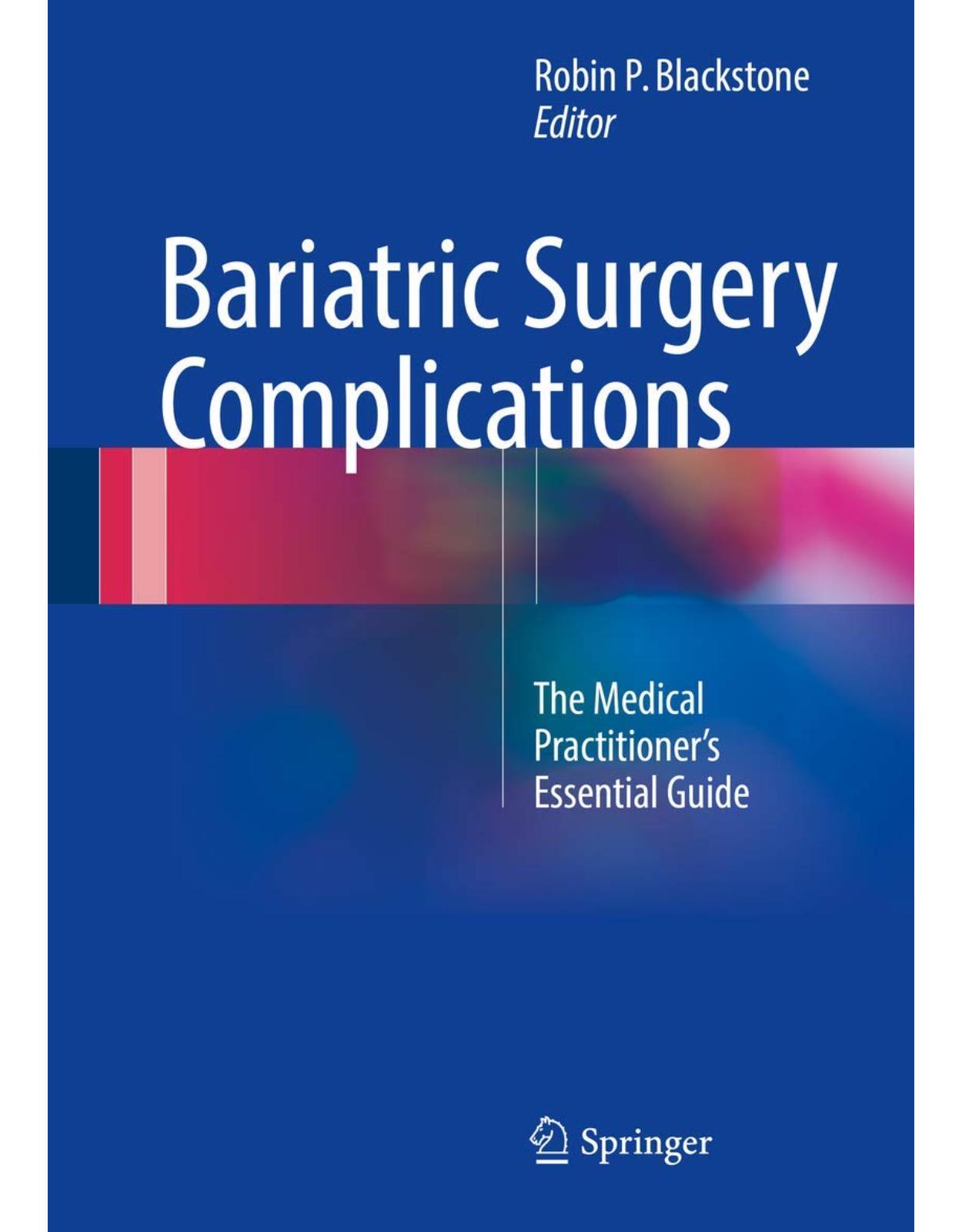
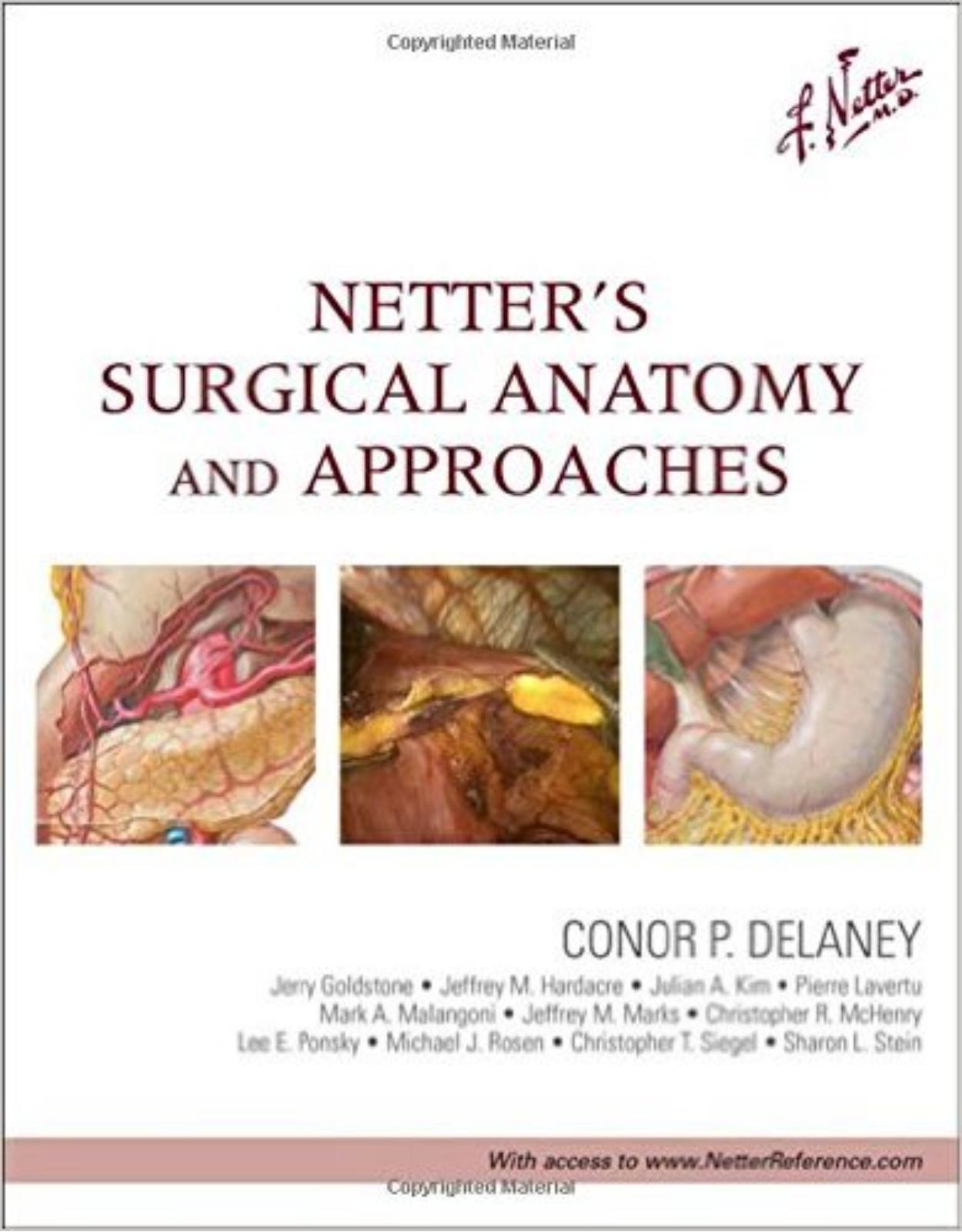
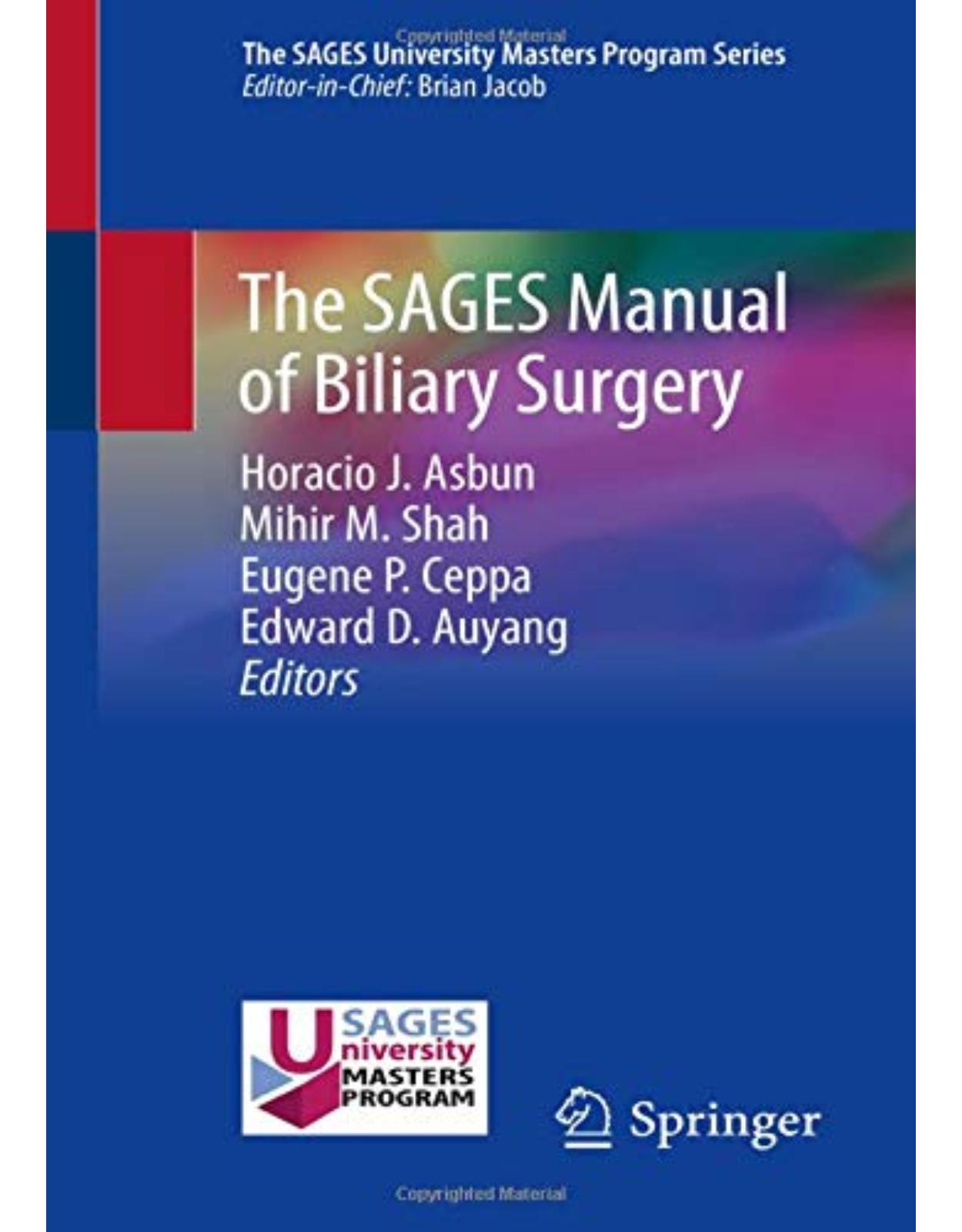
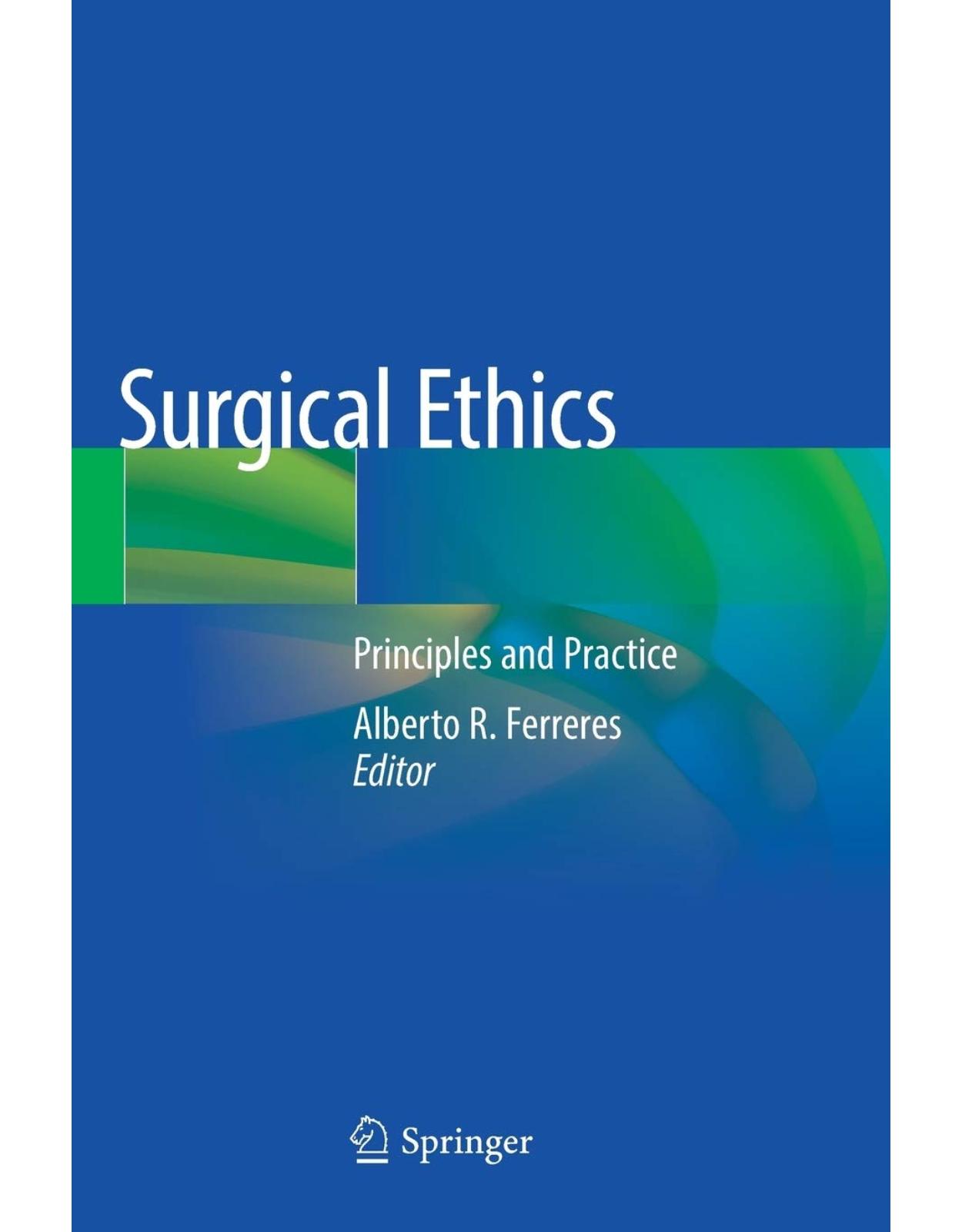
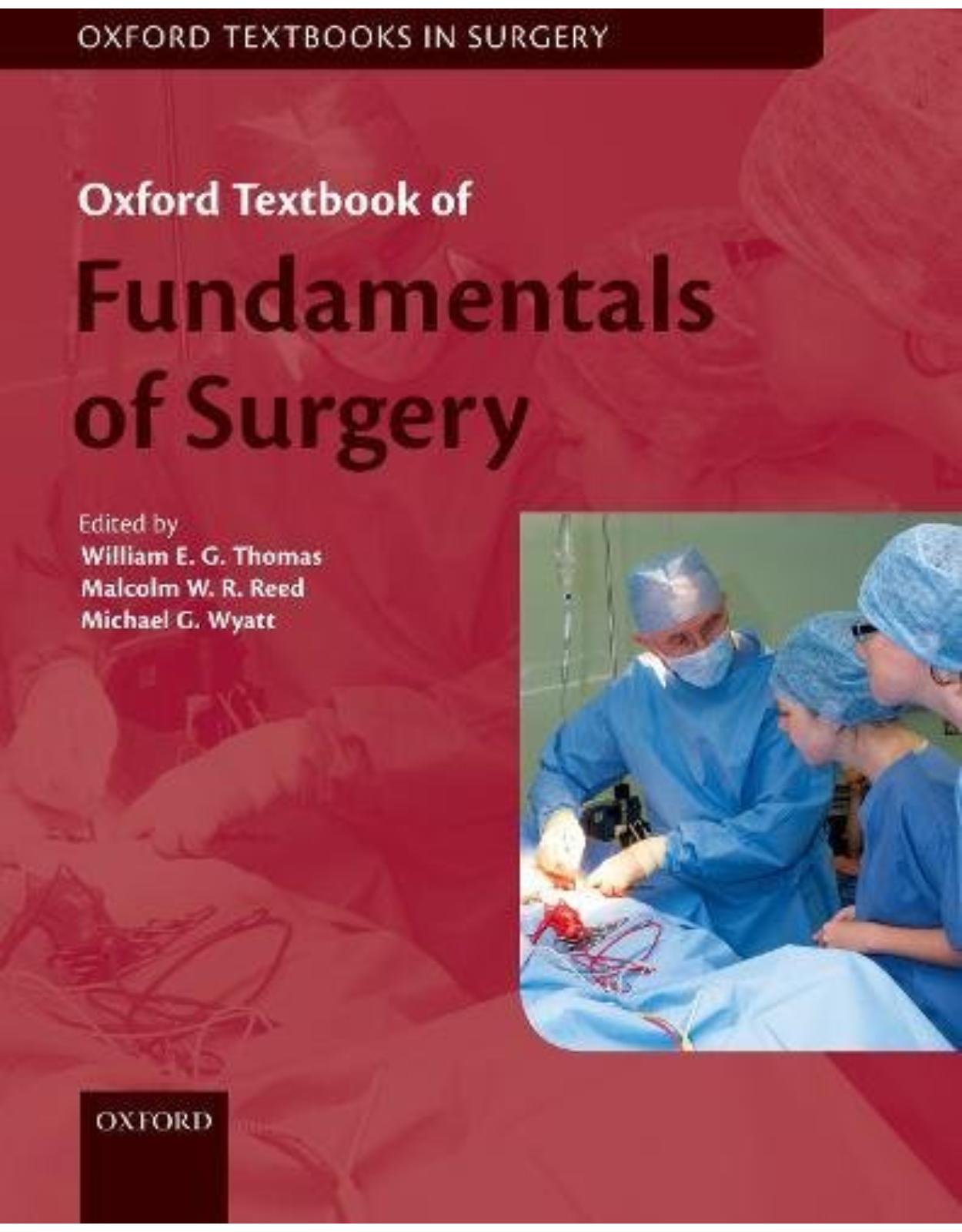

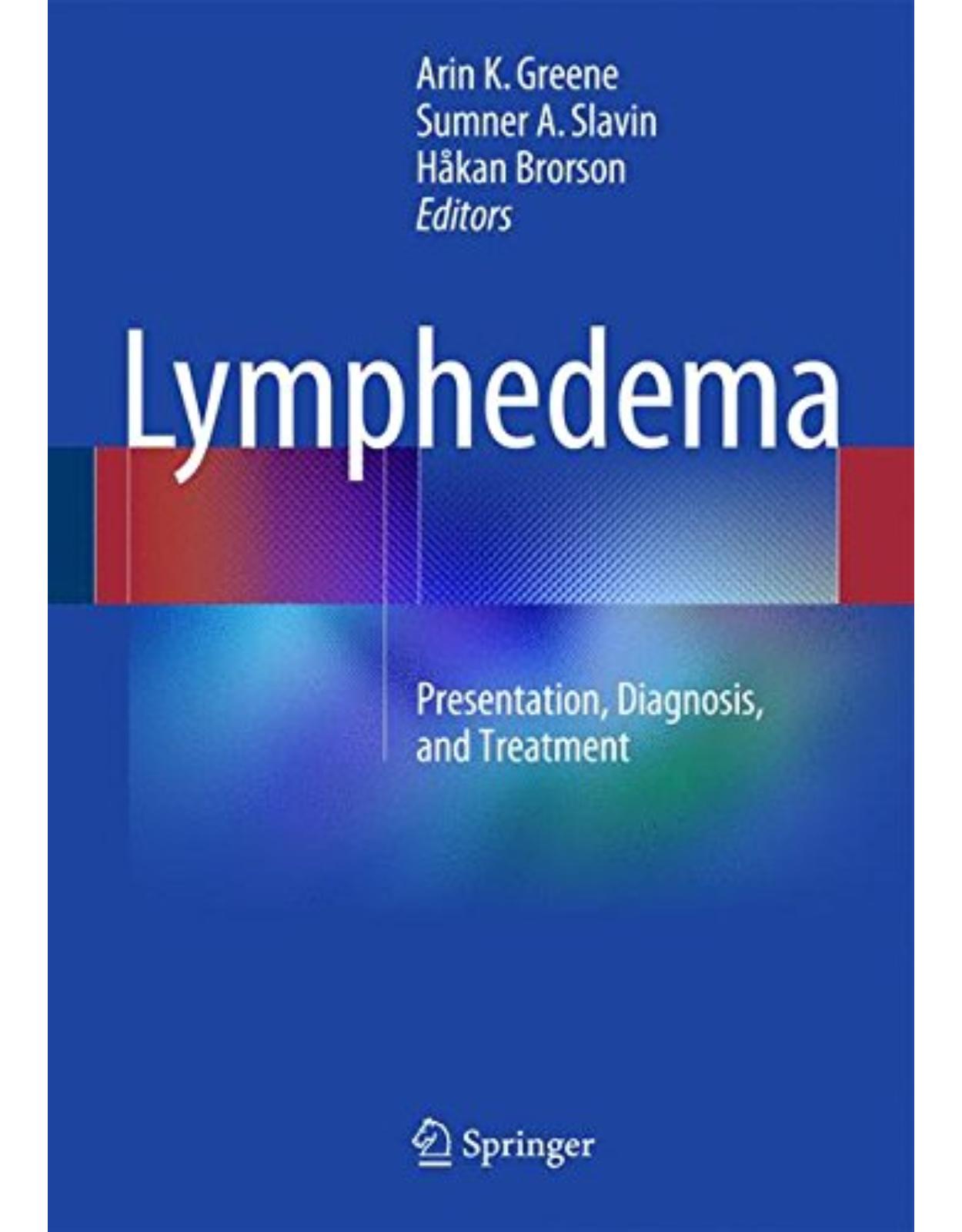
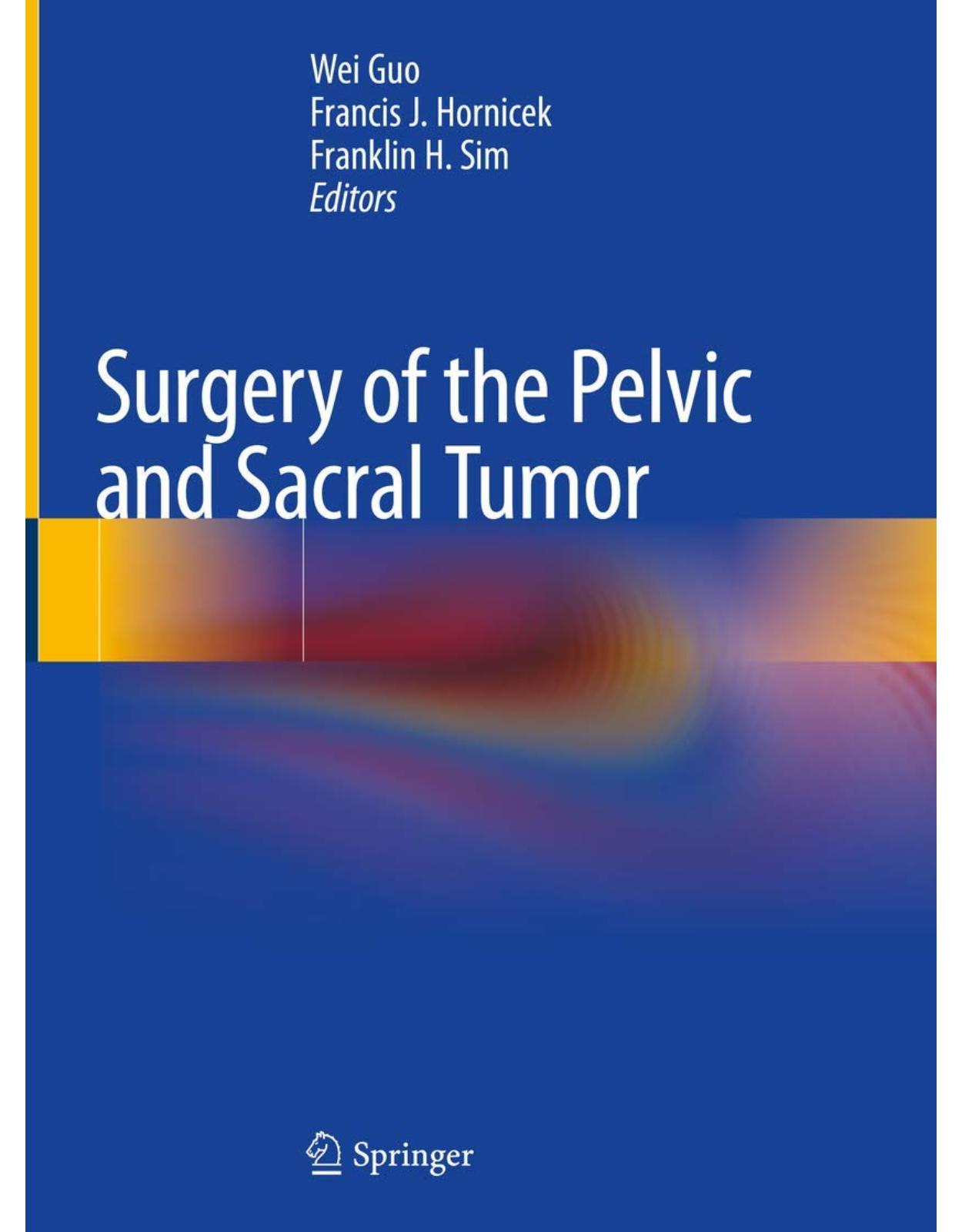
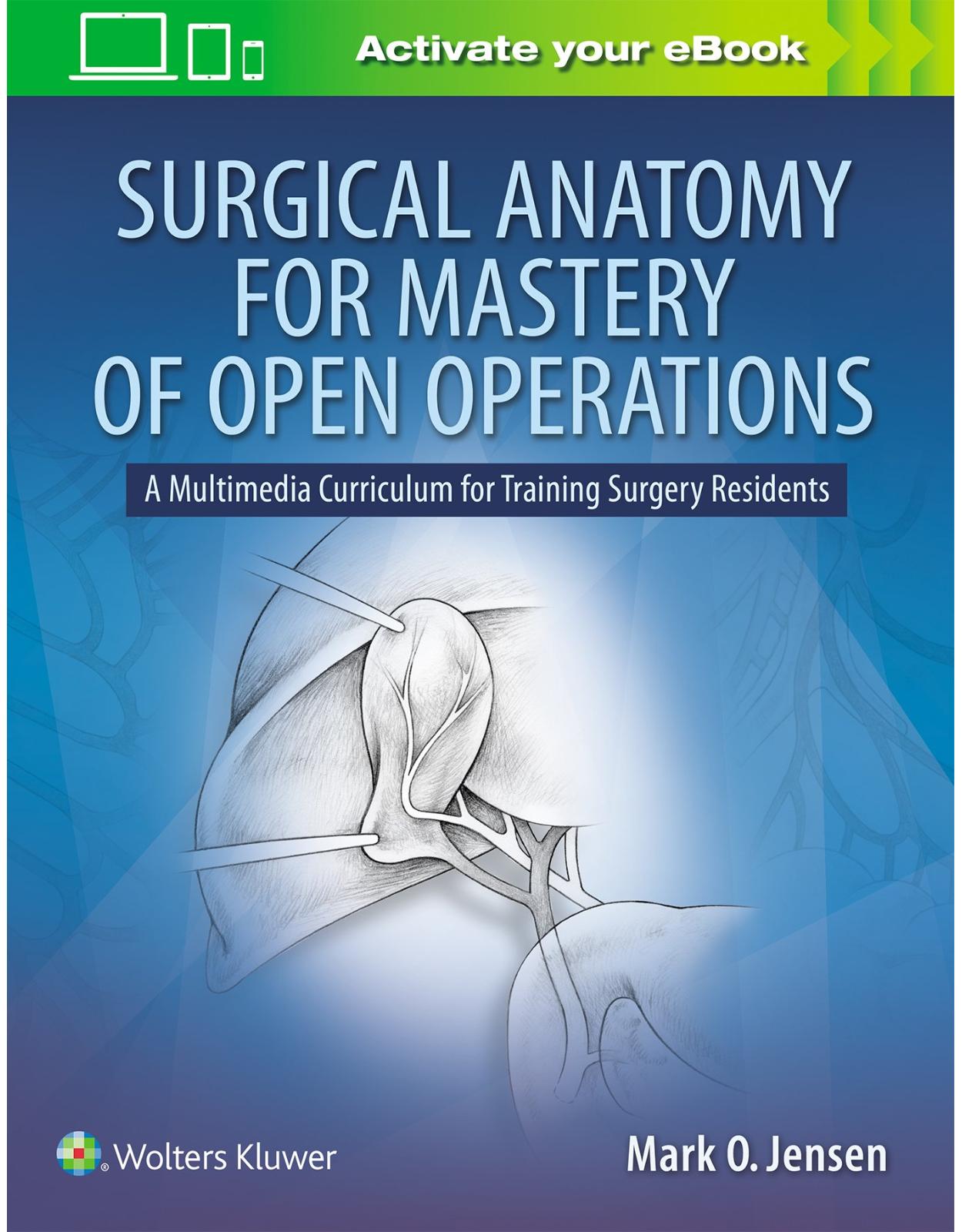
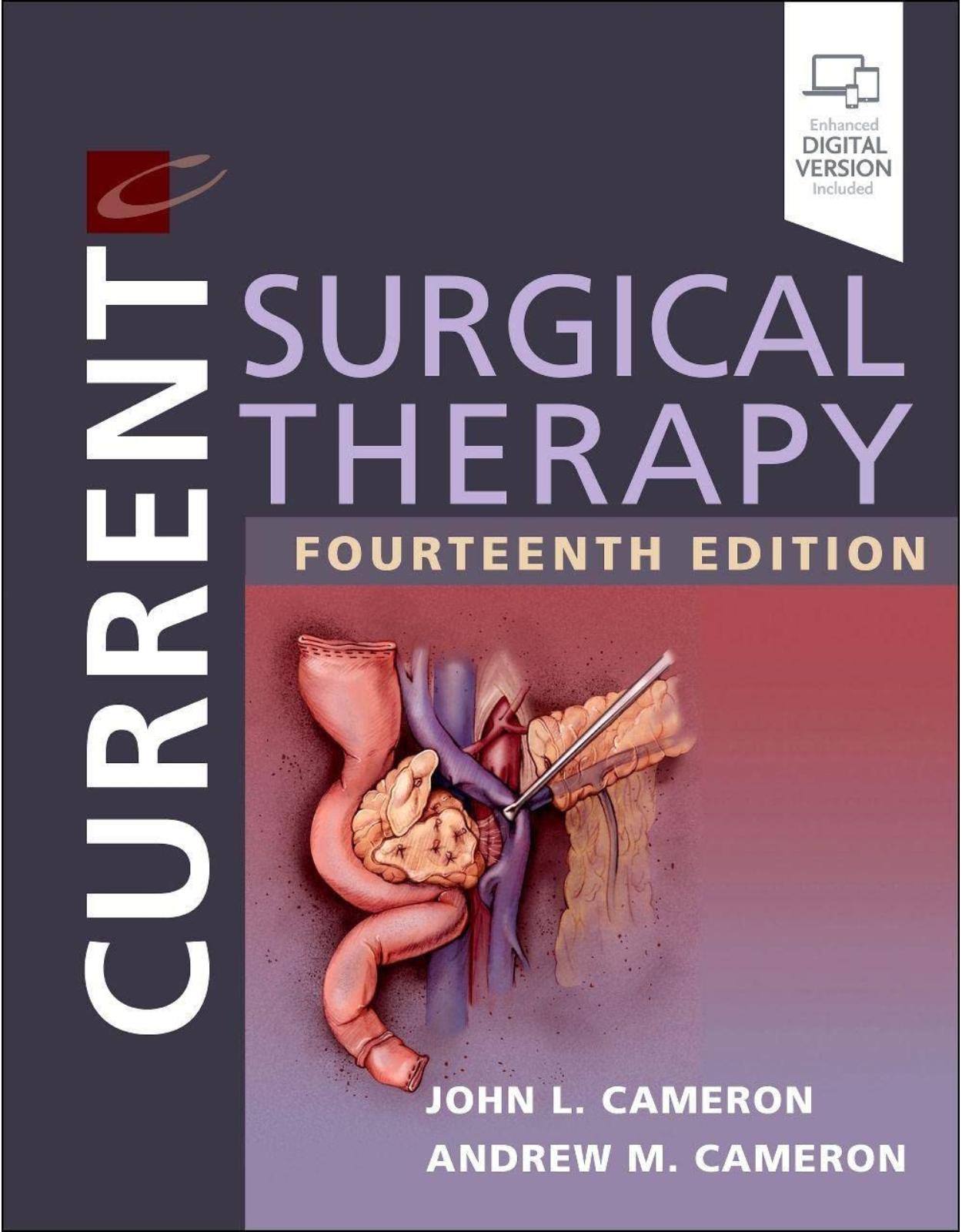
Clientii ebookshop.ro nu au adaugat inca opinii pentru acest produs. Fii primul care adauga o parere, folosind formularul de mai jos.